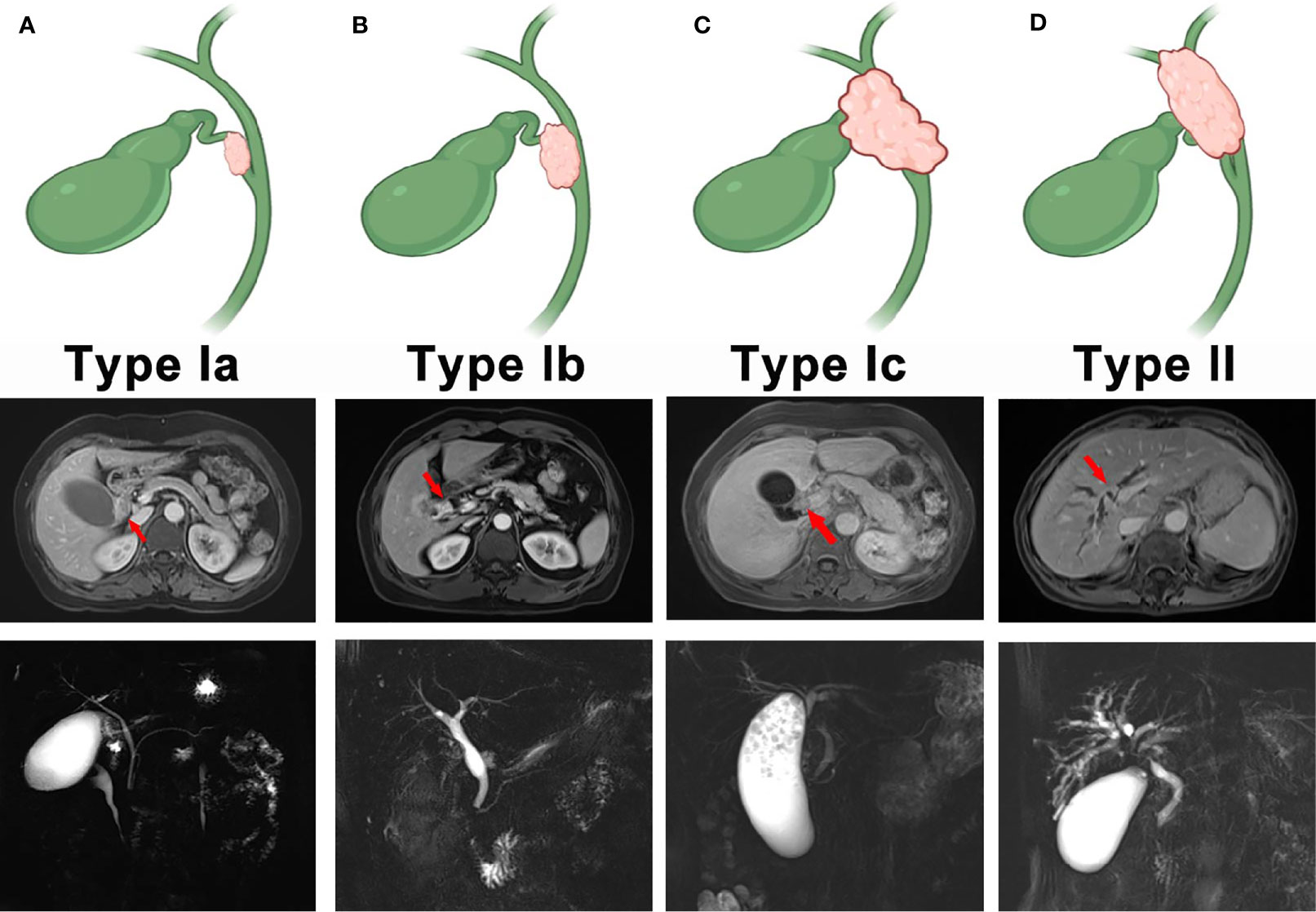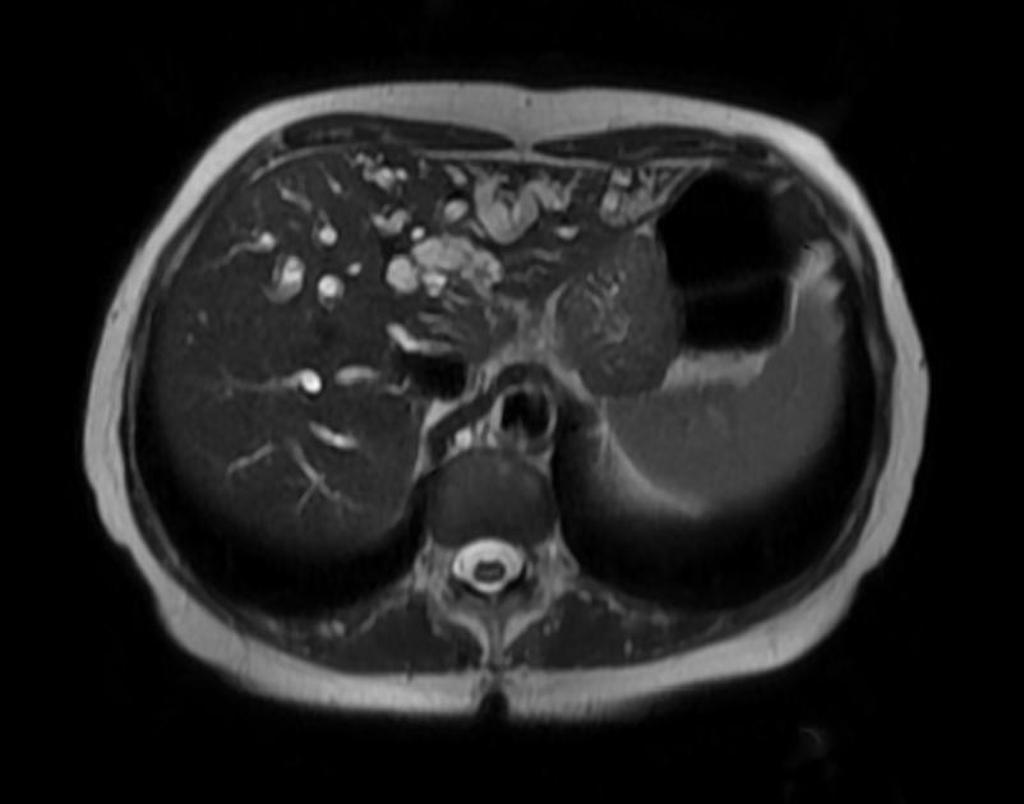Gallbladder cancer, often abbreviated as GBC, is a rare but aggressive form of cancer that originates in the gallbladder. The gallbladder is a small organ located beneath the liver, responsible for storing bile, a digestive fluid produced by the liver. While this type of cancer is uncommon, it poses significant challenges due to its late-stage diagnosis and limited treatment options. In this article, we will explore the nature of gallbladder cancer, its risk factors, symptoms, diagnostic methods, and available treatments.

Understanding Gallbladder Cancer
Gallbladder cancer begins when cells in the gallbladder grow uncontrollably, forming a tumor. This cancer typically starts in the innermost layer of the gallbladder and can spread to nearby tissues or distant organs if not detected early. The disease is often asymptomatic in its initial stages, making it difficult to diagnose until it has progressed significantly.
Types of Gallbladder Cancer
- Adenocarcinoma: This is the most common type of gallbladder cancer, accounting for about 90 percent of cases. It begins in the glandular cells lining the gallbladder.
- Papillary Adenocarcinoma: A subtype of adenocarcinoma, this form tends to have a better prognosis because it is less likely to spread to nearby lymph nodes or other organs.
- Squamous Cell Carcinoma: This rare type arises from the squamous cells, which are flat cells found in the outer layer of the gallbladder.
- Adenosquamous Carcinoma: A combination of adenocarcinoma and squamous cell carcinoma, this type is also rare and tends to be more aggressive.
Risk Factors for Gallbladder Cancer
While the exact cause of gallbladder cancer remains unknown, several factors increase the likelihood of developing the disease. Understanding these risk factors can help individuals take preventive measures and seek timely medical attention.
Demographic Factors
- Age: Gallbladder cancer is more common in older adults, with most cases diagnosed in individuals over the age of 65.
- Gender: Women are more likely to develop gallbladder cancer than men, possibly due to hormonal differences and higher rates of gallstones in women.
- Ethnicity: Certain ethnic groups, such as Native Americans and people of Mexican descent, have a higher incidence of gallbladder cancer.
Medical Conditions
- Gallstones: The presence of gallstones is one of the most significant risk factors for gallbladder cancer. These hardened deposits can cause chronic inflammation, increasing the risk of cancerous changes in the gallbladder lining.
- Porcelain Gallbladder: This condition occurs when calcium deposits build up in the gallbladder wall, leading to a brittle, porcelain-like appearance. It is strongly associated with an increased risk of cancer.
- Gallbladder Polyps: Noncancerous growths on the gallbladder lining, known as polyps, can sometimes become cancerous, especially if they are larger than 1 centimeter.
Lifestyle and Environmental Factors
- Obesity: Excess body weight is linked to a higher risk of gallbladder cancer, possibly due to its association with gallstones and chronic inflammation.
- Diet: A diet high in processed foods, red meat, and low in fiber may contribute to the development of gallbladder cancer.
- Toxic Exposure: Exposure to certain chemicals, such as those used in rubber and textile industries, may increase the risk of gallbladder cancer.
Symptoms of Gallbladder Cancer
In its early stages, gallbladder cancer often does not produce noticeable symptoms. As the disease progresses, however, the following signs may appear:
- Abdominal pain, particularly in the upper right quadrant
- Nausea and vomiting
- Jaundice, characterized by yellowing of the skin and eyes
- Unexplained weight loss
- Loss of appetite
- Fever
- Bloating or swelling in the abdomen
It is important to note that these symptoms can also indicate other, less serious conditions, such as gallstones or gallbladder inflammation. Therefore, a thorough medical evaluation is essential for accurate diagnosis.
Diagnosing Gallbladder Cancer
Diagnosing gallbladder cancer involves a combination of physical exams, imaging tests, and laboratory analyses. Early detection is challenging, but advancements in medical technology have improved diagnostic accuracy.
Physical Examination and Medical History
A healthcare provider will begin by reviewing the patient’s medical history and conducting a physical exam. They may check for signs of jaundice, abdominal tenderness, or palpable masses.
Imaging Tests
- Ultrasound: An ultrasound uses sound waves to create images of the gallbladder and surrounding tissues. It is often the first test performed to evaluate gallbladder abnormalities.
- Computed Tomography (CT) Scan: A CT scan provides detailed cross-sectional images of the abdomen, helping to identify tumors and assess their size and location.
- Magnetic Resonance Imaging (MRI): MRI scans use magnetic fields and radio waves to produce detailed images, particularly useful for evaluating soft tissues.
- Positron Emission Tomography (PET) Scan: A PET scan can detect cancerous cells by tracking the uptake of a radioactive sugar substance.
Laboratory Tests
- Blood Tests: Blood tests may reveal elevated levels of bilirubin or liver enzymes, indicating potential issues with the gallbladder or liver.
- Tumor Markers: Certain proteins, such as carcinoembryonic antigen (CEA) and carbohydrate antigen 19-9 (CA 19-9), may be elevated in patients with gallbladder cancer.
Biopsy
A biopsy involves removing a small sample of tissue from the gallbladder for examination under a microscope. This procedure confirms the presence of cancer and helps determine its type and stage.
Treatment Options for Gallbladder Cancer
The treatment approach for gallbladder cancer depends on the stage of the disease, the patient’s overall health, and other individual factors. Treatment options include surgery, radiation therapy, chemotherapy, and targeted therapies.
Surgery
Surgery is the primary treatment for localized gallbladder cancer. The goal is to remove the tumor and any affected surrounding tissues. Types of surgical procedures include:
- Cholecystectomy: Removal of the gallbladder. In early-stage cancer, this may be sufficient to eliminate the disease.
- Extended Cholecystectomy: Removal of the gallbladder along with nearby lymph nodes and portions of the liver or other adjacent tissues.
- Palliative Surgery: Performed to relieve symptoms in advanced cases where curative treatment is not possible.
Radiation Therapy
Radiation therapy uses high-energy beams to target and destroy cancer cells. It may be used before surgery to shrink tumors or after surgery to eliminate remaining cancer cells. Radiation therapy can also help alleviate symptoms in advanced cases.
Chemotherapy
Chemotherapy involves the use of drugs to kill cancer cells or stop their growth. It is often used in combination with surgery or radiation therapy, particularly for advanced-stage gallbladder cancer. Common chemotherapy drugs include gemcitabine and cisplatin.
Targeted Therapy
Targeted therapy focuses on specific molecules involved in cancer cell growth and survival. This approach is less harmful to normal cells compared to traditional chemotherapy. Targeted therapies are still being studied for gallbladder cancer but show promise in improving outcomes.
Immunotherapy
Immunotherapy harnesses the body’s immune system to fight cancer. While not yet a standard treatment for gallbladder cancer, ongoing research is exploring its potential benefits.
Living with Gallbladder Cancer
A diagnosis of gallbladder cancer can be overwhelming, but support is available. Patients are encouraged to work closely with their healthcare team to develop a personalized treatment plan. Additionally, joining support groups or seeking counseling can help individuals cope with the emotional and psychological challenges of the disease.
Nutritional Support
Maintaining a healthy diet is crucial for patients undergoing treatment. A balanced diet rich in fruits, vegetables, lean proteins, and whole grains can help boost energy levels and support overall well-being.
Follow-Up Care
Regular follow-up appointments are essential to monitor the patient’s progress and detect any signs of recurrence. These visits may include physical exams, imaging tests, and blood work.





